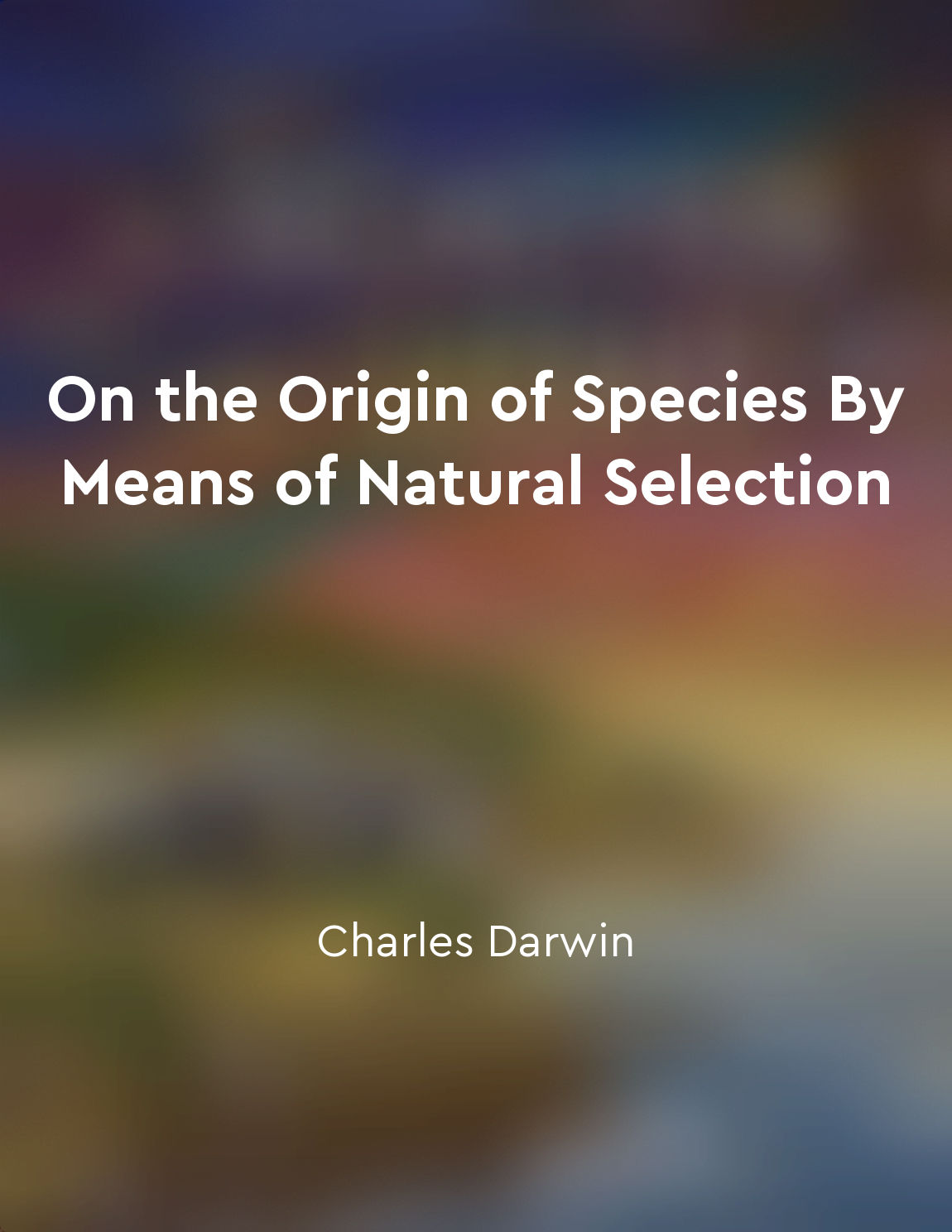Developmental constraints influence evolutionary outcomes from "summary" of The Structure of Evolutionary Theory by Stephen Jay Gould
Developmental constraints refer to limitations imposed by the structure, function, or development of an organism that can influence the course of evolution. These constraints can arise from a variety of factors, such as genetic, developmental, or ecological processes. Developmental constraints play a crucial role in shaping the evolutionary outcomes of a species, as they can restrict the range of possible variations that can occur within a population. For example, certain developmental pathways may be highly conserved across species, leading to the retention of certain traits or characteristics despite changes in the environment or selective pressures. This can result in the persistence of traits that may not be advantageous in the current context but are maintained due to developmental constraints. Moreover, developmental constraints can also limit the ability of a population to adapt to new environments or challenges. If a species is constrained by its developmental processes to produce only a certain range of phenotypic variations, it may struggle to evolve in response to changing conditions. This can lead to reduced evolutionary potential and may ultimately result in extinction if the species is unable to adapt. In some cases, developmental constraints can act as a double-edged sword, simultaneously limiting and enabling evolutionary change. For instance, constraints that restrict the possible range of phenotypic variation may also serve to maintain the stability and integrity of a species over time. This balance between constraint and flexibility is a key factor in determining the evolutionary trajectory of a species.- Developmental constraints are a fundamental aspect of evolutionary theory that must be taken into account when analyzing the factors that shape the diversity and adaptation of life on Earth. By understanding how constraints influence evolutionary outcomes, we can gain deeper insights into the mechanisms driving the process of evolution and the ultimate fate of species in the natural world.
Similar Posts

The Bible cannot be taken as a literal truth
The Bible is a revered religious text for billions of people around the world, but it cannot be taken as a literal truth. This ...
Climate Change
Climate change is a significant environmental issue that is affecting ecosystems and biodiversity across the globe. The Earth's...
The connection between biology and psychology
The relationship between biology and psychology is a complex one, as the two disciplines are closely intertwined. From a biolog...
Health is influenced by lifestyle choices and genetic factors
Health is a complex concept that is influenced by a combination of factors, including lifestyle choices and genetic predisposit...

Reproduction of successful variations
When we look at the vast and complex world of living organisms, we see a multitude of variations among individuals within a spe...

Artificial selection in domesticated animals
Artificial selection plays a crucial role in the breeding of domesticated animals. Humans have long been engaged in the practic...

Natural selection acts on existing variations
Natural selection, as I have explained earlier, is the process by which certain traits become more common in a population over ...

